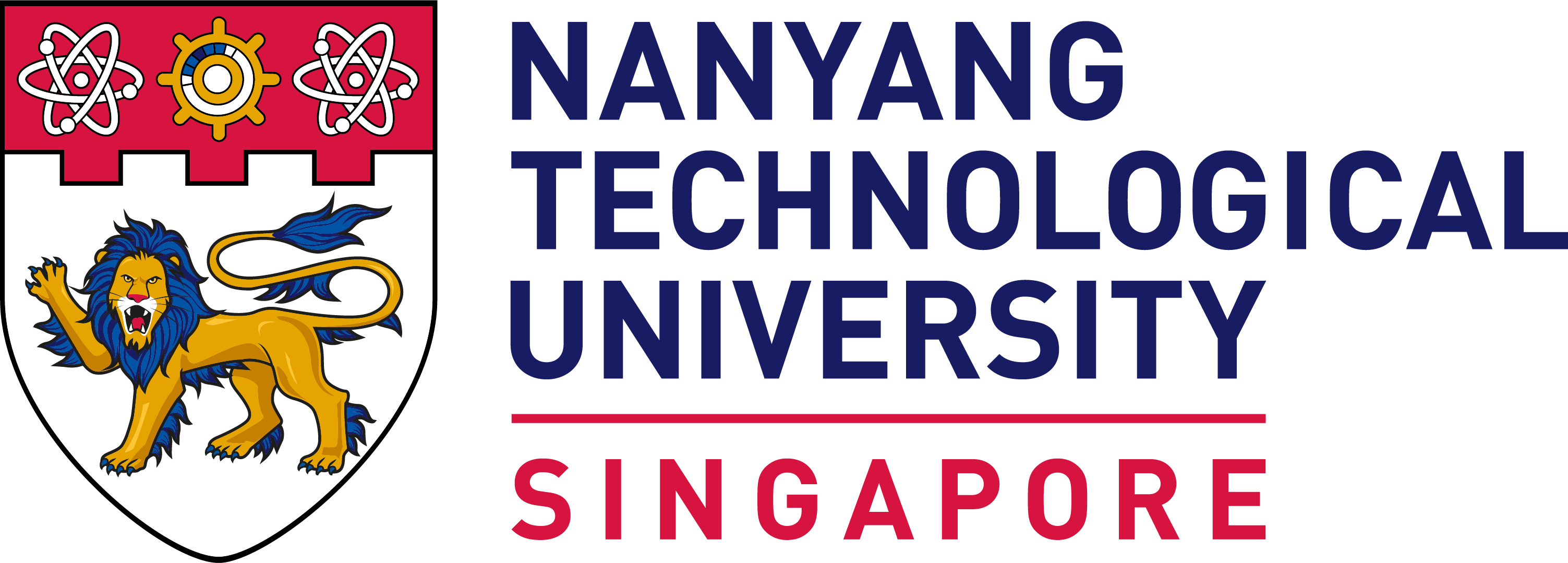- Premchand, B., Zhang, Z., Ang, K. K., Yu, J., Tan, I. O., ... Sidarta, A., Kwong, P.W.H. & Chung, L. H. C. (2025). A Personalized Multimodal BCI–Soft Robotics System for Rehabilitating Upper Limb Function in Chronic Stroke Patients. Biomimetics, 10(2), 94.
- Soh, L.J., Lim, L.S, Law, W.C., Lau, J.L., Lie, E., Yeh, I.L., Gonzalez, P.C., Sidarta, A., Ang, W.T. (2024). “Technical Properties of a Sensor-Aided Key Rig for Hand Function Measurement: A Proof of Concept Study”. IEEE Sensors Journal.
- Cheng, H.J., Chin, L.F., Kanzler, C.M., Lehner, R., Kuah, C.W., Kager, S., Josse, E., Samkharadze, T., Sidarta, A., … et al. (2023). “Upper limb sensorimotor recovery in Asian stroke survivors: a study protocol for the development and implementation of a Technology-Assisted dIgitaL biOmaRker (TAILOR) platform.” Frontiers in Neurology, 14, 1246888.
- Sidarta, A., Lim, Y.C., Wong, R.A., Tan, I.O., Kuah C.W.K., Ang, W.T. (2022). “Current clinical practice in managing somatosensory impairments and the use of technology in stroke rehabilitation”. PLOS One, 17(8): e0270693.
- Sidarta, A., Komar, J., & Ostry, D.J. (2022). “Clustering analysis of movement kinematics in reinforcement learning”. Journal of Neurophysiology, 127(2), 341–353.
- Liang, P., Kwong, W.H., Sidarta, A., Yap, C.K., Tan, W.K., et al. (2020). “An Asian-centric human movement database capturing activities of daily living”. Scientific Data, 7(1), 290.
Conference abstract
- Gonzalez, P.C, Sidarta, A., Er, C., et al. (2024). “Comprehensive phenotyping and innovative granular assessment tools for advancing stroke rehabilitation”. Presented at the 8th Singapore Rehabilitation Conference (SRC), Singapore.
- Sidarta, A., Lim, Y.C., Gonzalez, P.C., Omar, N.B., Er, J.K., Kwong, W.H.P., Ang, W.T. (2024), “Evidence of brain-evoked potentials from a forward trip on a sloped terrain in old adults”. Presented at 18th International Society of Physical and Rehabilitation Medicine (ISPRM), Sydney, Australia.
- Sidarta, A., Lim, Y.C., Kuah, C.W.K., Loh, Y.J., Ang, W.T. (2023). “Robot-assisted Active Somatosensory Retraining of Upper Limb Stroke - a Preliminary Finding”. Presented at the RehabWeek 2023 – ACRM Section, Singapore.
- Kumar, N., Sidarta, A., Ostry, D.J., Thiel, A. (2023). "Early robot-assisted proprioceptive training for arm reaching in acute stroke". Presented at the 9th European Stroke Organization Conference – ESOC 2023, Munich, Germany.
- Lim, Y.C., Wong, R.A., Tan, I.O., Kuah, C.W.K., Sidarta, A. (2022). “Managing somatosensory impairments in stroke: Current clinical practice and the use of technology”. Presented at the American Congress of Rehabilitation Medicine (ACRM) annual conference, Chicago, USA.
|
/ananda-sidarta4148169f-d1f1-4418-a296-5ade3031bf73.jpg?sfvrsn=8067663d_3&MaxWidth=117&MaxHeight=148&ScaleUp=false&Quality=High&Method=ResizeFitToAreaArguments&Signature=11C5C278C77873E71A570368E693B23E0FAB6617)














/enri-thumbnails/careeropportunities1f0caf1c-a12d-479c-be7c-3c04e085c617.tmb-mega-menu.jpg?Culture=en&sfvrsn=d7261e3b_1)

/cradle-thumbnails/research-capabilities1516d0ba63aa44f0b4ee77a8c05263b2.tmb-mega-menu.jpg?Culture=en&sfvrsn=1bc94f8_1)
